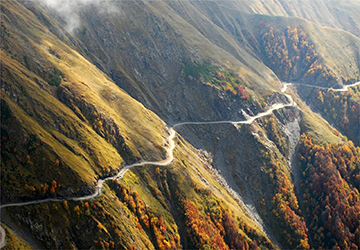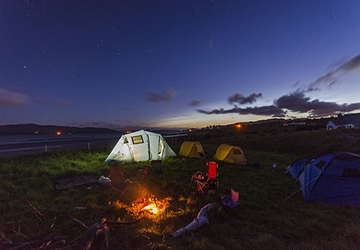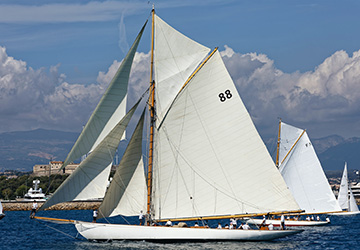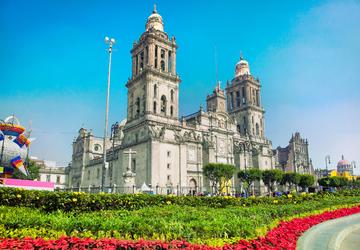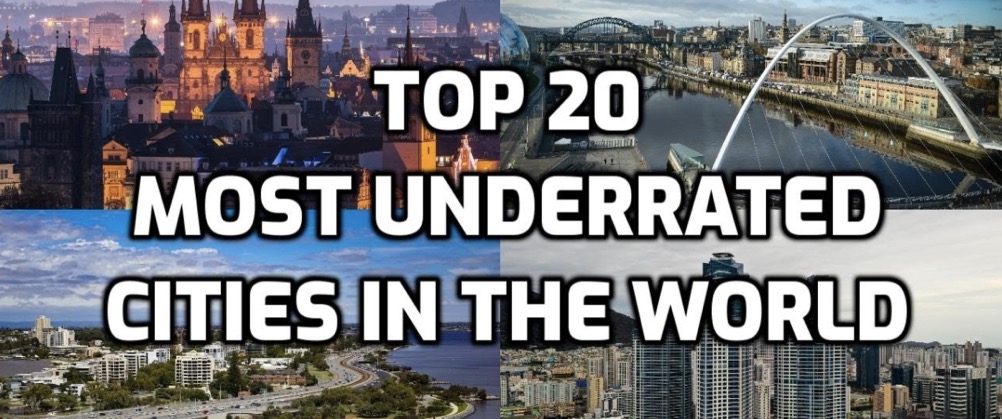Cultural Melting Pot: Exploring the Streets of Marrakech
Marrakech, Morocco's exotic "Red City," is an intriguing instance of an ethnic melting pot. Marrakech, Morocco, is a full-of-activity metropolis that merges Moroccan, Arab, Berber, and overseas powers. It is located at the base of the Atlas Mountains. Its streets' sights, sounds, and tastes make for an unforgettable experience for tourists.
Travelers interested in seeing diverse cultures will find many opportunities there. Marrakech, the dynamic town at the country's center, showcases Morocco's rich history and cultural heritage. Tourists have been worn to Marrakech for eras because of the exceptional vibe it conveys due to the city's cultural melting pot.
Let's take a virtual stroll through the streets of Marrakech to explore its diverse and captivating atmosphere.
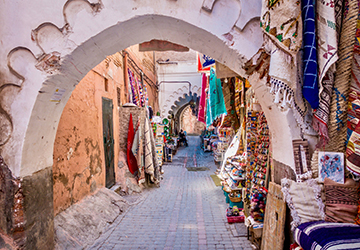
A Connection to Ancient Cultures:
Marrakech has been a significant get-together place for individuals from many nations for hundreds of years, creating a hub for commerce, education, and exploration. Its location at the crossroads of North Africa and the rest of the African continent has made it a magnet for people from all over the world, and the resulting cultural melting pot is reflected in the city's architecture, food, and way of life.
Why is it called a Cultural Melting Point?
Marrakech's unique selling point is the peaceful cohabitation of people of different faiths and cultural backgrounds. Marrakech is a melting pot of cultures because of the influx of Moroccan Arabs, Berbers, Sub-Saharan Africans, and even European expats who have made the city their home. Visitors may taste this variety by talking to people, joining in on traditional celebrations, and exploring neighborhoods like the Mellah, the old Jewish enclave. People from all walks of life gather to enjoy art in Marrakech, as seen by events like the yearly Marrakech International Film Festival and the lively Gnaoua World Music Festival.
Complex Structures and Ancient Sites
The beauty of Marrakech's architecture is undeniable. Numerous cultural influences may be seen in the city's beautiful palaces, bustling souks (markets), and gorgeous mosques. The Bahia Palace displays the splendor of Moroccan-Andalusian design, while the renowned minaret of the Koutoubia Mosque stands for the Almohad architectural style. Some of the city's illustrious past may be seen in the Saadian Tombs and the El Badi Palace. The harmonious coexistence of Berber, Arab, and Islamic civilizations is reflected in these architectural masterpieces.
Flavorful Cuisine

